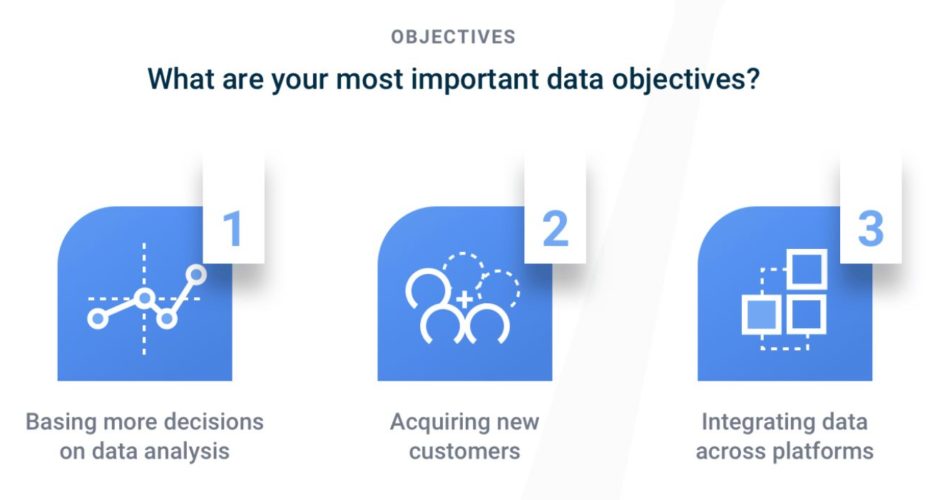Data-driven email marketing is fast becoming a necessity for marketers everywhere. Not only is it a powerful tool for driving conversions and keeping current customers happy, it’s also a great way to keep up with leads. For 45% of marketers in a DMA survey, acquiring new customers is the most important goal for their data-driven marketing.
While using your data to acquire and convert new customers is a modern approach to an age-old marketing problem, for many email marketers getting to this point can be tricky.
Knowing that you have data about customers or potential customers that can be used successfully is one thing, but actually putting to work for your business can be overwhelming at times. 81% of marketers find implementing data-driven email strategies to be very complicated.
Look To The Data You Already Have
Fortunately, there are some tools that can make this a little bit easier. One of the first places to look for data you may already have, and to then use it, is in email marketing. First, your email marketing program will have at least some basic data about your leads or customers. For example, you may already know:
- How often do your leads/customers read your email?
- What information in your email is valuable to them?
- When is your email is opened most?
- How many people purchase your products?
- What’s the average revenue per campaign sent?
- What’s the average revenue per subscriber?
- How many people convert?
- What’s the average ROI of the campaigns you send?
Knowing information like this can help you to do a number of things with your emails. Here are two examples that you can easily use to take advantage of what your data tells you about the people who read your emails.
Segment Your Email List
This can be an incredibly useful way to send emails that are very specific to different groups of people on your list. And the more your email caters to an individual, the more likely they are to convert and remain a loyal customer. You can go beyond just using leads or contacts as list types and instead use:
- The channel a lead came through
- Region, city or area they live in
- Age
- Gender
- Job title
- Loyalty status
- Purchases made
Use anything that’s important to your business and the status that your email subscribers have reached in that importance for your list segments.
Personalize Your Emails
Email personalization has gone beyond only using a name in a subject line, although that is a very effective email strategy. You can use any information or data you have on your email subscribers to make an email more personal to them.
- Add VIP status to an email
- Suggest follow-up purchases
- Tailor image content to gender, region, or interest
Start personalizing your emails with what you know about your subscribers and their interests. Keep an eye on your email metrics like opens, clicks and unsubscribes to make sure any changes you make are moving your business in a positive direction, not a negative one.
These are just a few suggestions to get you started understanding how data can drive your email marketing efforts and improve your bottom line. And while it may be a little difficult to get started, 97% of marketers feel they are getting better at their data-driven marketing.
Start out by looking at what data you already have and then decide how to get the data you feel you need for your strategy to be successful. For ideas on where to get data, and to see more fascinating stats on data-driven marketing, check out The Eye-Opening Truth About Data-Driven Marketing.
Source: The Eye-Opening Truth About Data-Driven Marketing by Campaign Monitor


